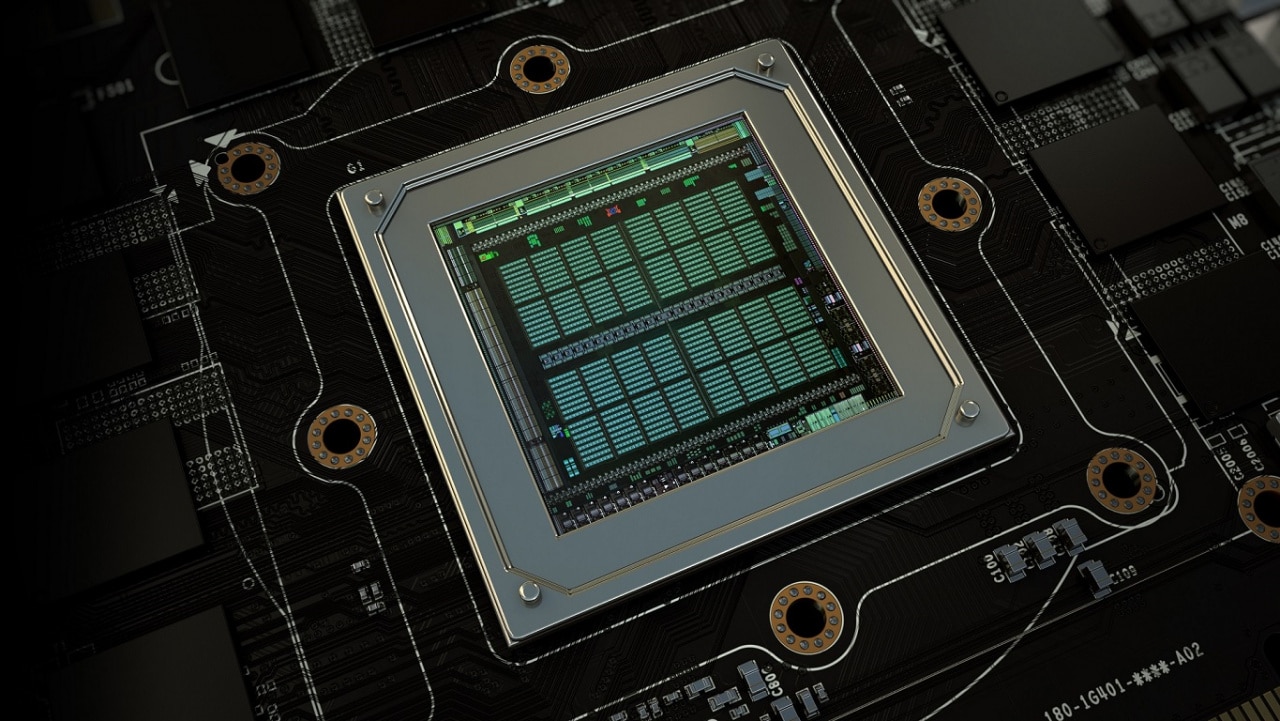When Nvidia launched the Maxwell architecture, it offered a somewhat surprisingly large performance step. That it is surprising is due to the fact that Maxwell, like its predecessor Kepler, is based on the same 28-nanometer technology, but nevertheless delivered gains in performance and energy efficiency that normally cannot be achieved without taking a step in manufacturing technology.
Nvidia has openly launched a series of changes made in Maxwell compared to Kepler, the largest of which are restructured Stream Multiprocessor (SM) clusters and a larger L2 cache to reduce transactions with graphics memory. However, it has been questioned whether these changes have been sufficient to make such a large step possible.
Now David Kanter at Real World Tech has revealed that Nvidia uses an old and proven rendering technology called Tile-Based Rasterization to achieve the improved performance efficiency. Rasterization is a technique where pixels are broken down into grids of pixels, while Tile-Based Rasterization breaks down the image into squares that in themselves consist of a number of pixels.
In a video review, Kanter shows how graphics cards from AMD and Nvidia’s latest Maxwell and Pascal handle triangle rasterization. It becomes clear that Nvidia is using Tile-Based Rasterization instead of conventional methods such as Fullscreen Immediate Mode Rendering, where entire images are razed, after which effects such as lighting are calculated on the pixels.
The technology was used in graphics cards during the 90s, but was abandoned as the technology did not offer as performance-wise desirable properties as Fullscreen Immediate Mode Rendering. However, the technology has survived in mobile graphics architectures from PowerVR and ARM (Mali), and to some extent also Qualcomm’s Snapdragon.
While the technology offers benefits in terms of energy efficiency, it is strange to see it on the PC side, as most applications are not rendered that way. This means that Nvidia has found a way to circumvent the performance disadvantages that should exist as a result of related compatibility issues.
Nvidia has not yet commented on the matter and it thus remains to be seen whether the company will publish official information on how Tile-Based Rasterization works in their latest graphic architectures Maxwell and Pascal.















